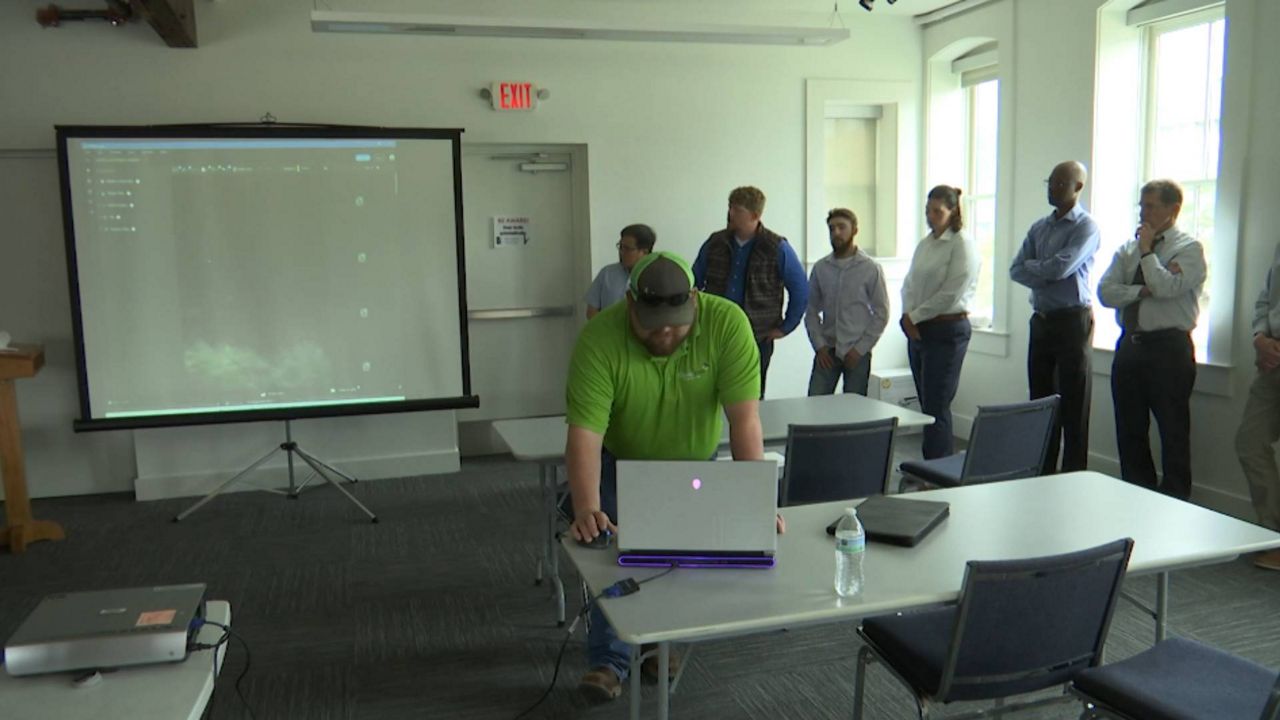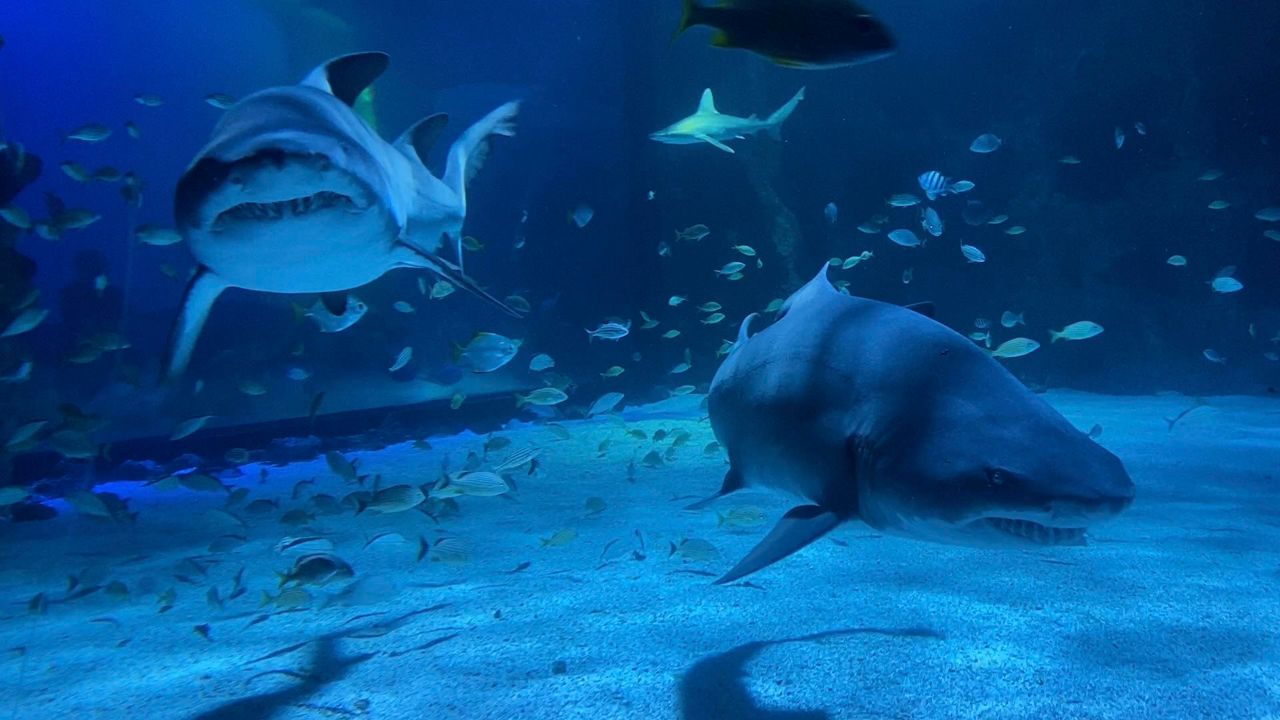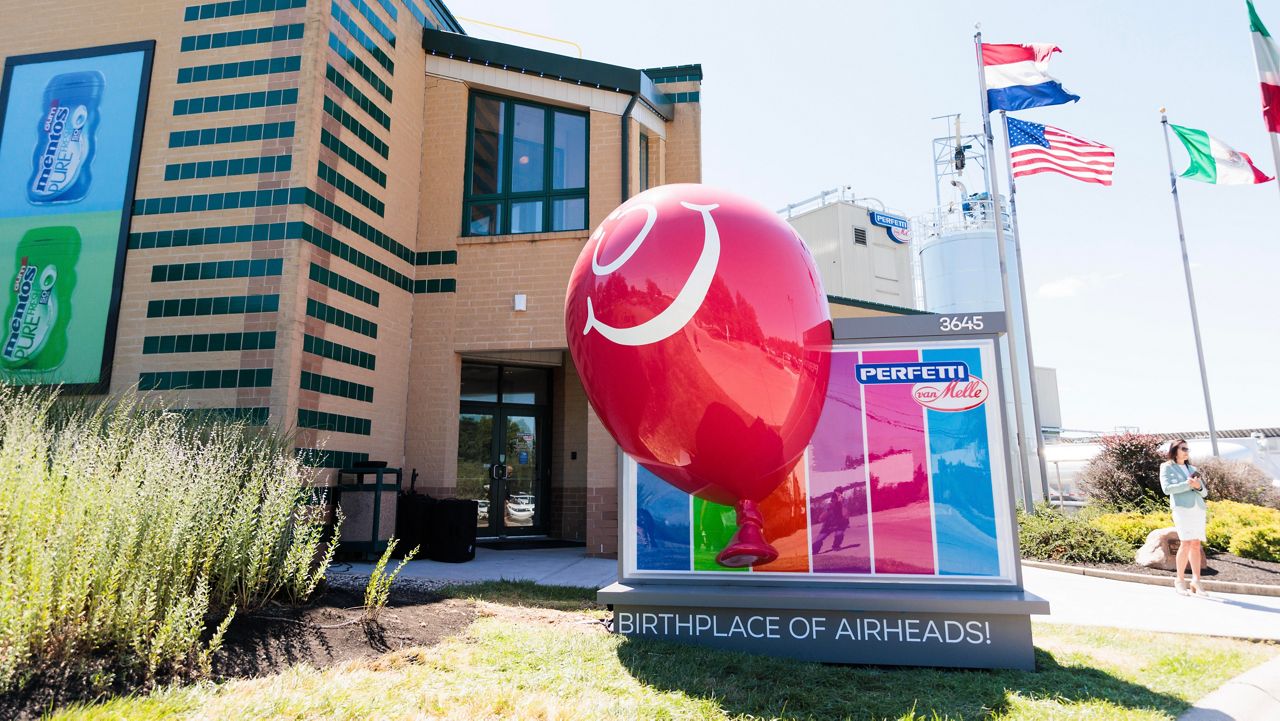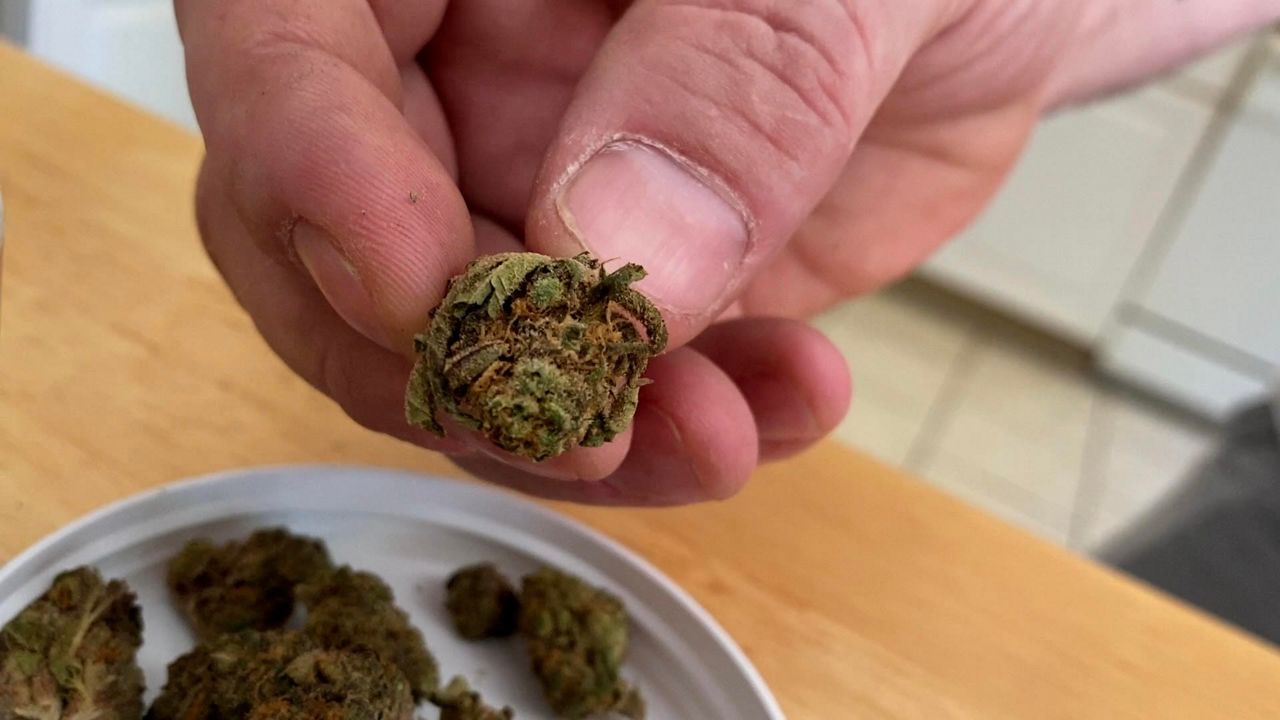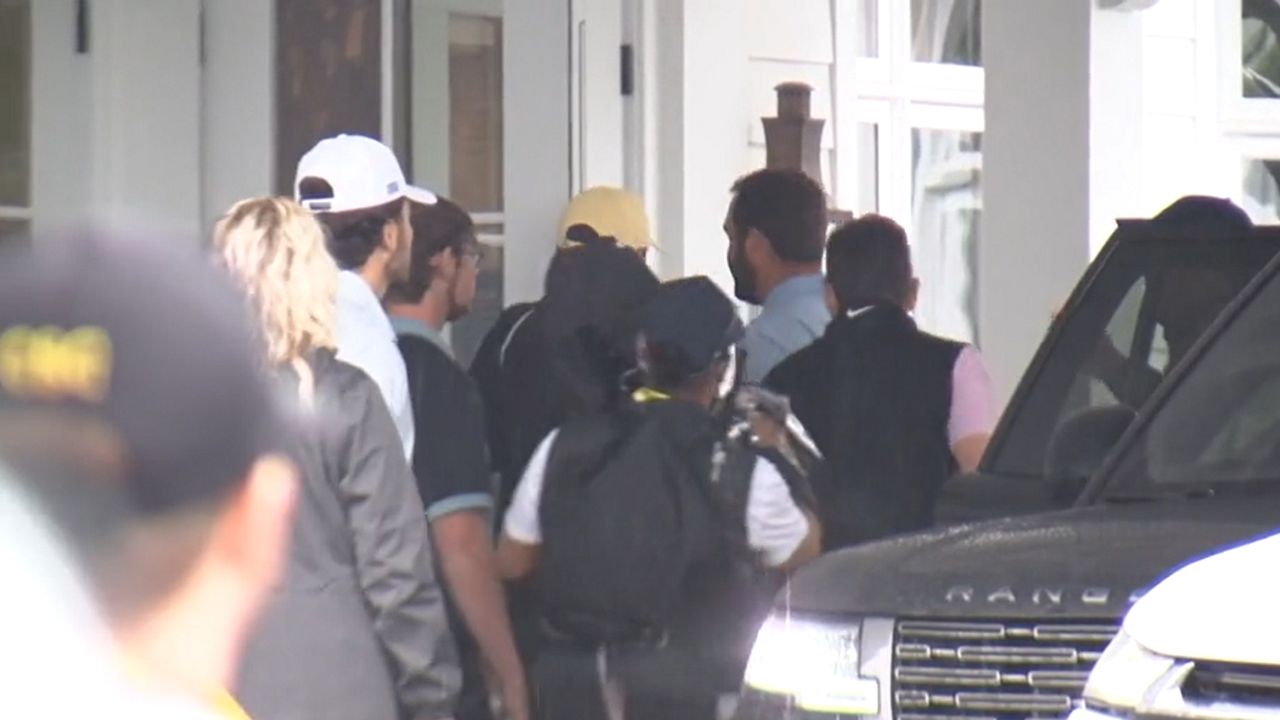CINCINNATI — Cincinnati Zoo and Botanical Garden scientists are working with the Office of Kentucky Nature Preserves to help restore populations of an endangered clover native to Kentucky.
When people look out at a patch of grass and see a clover, some may not think twice about the role it plays in an ecosystem. But Mairead Kennedy said more people should. She's the plant lab manager and conservation horticulturist at the Cincinnati Zoo and Botanical Garden's Center for Conservation and Research of Endangered Wildlife (CREW).
“Even if they don’t know the species, the names, if they’re just able to see that these organisms exist and they matter, I really hope our work is able to show that,” Kennedy said.
Kennedy works with endangered native species of plants to cryopreserve them, which is a process where biological material is frozen, preserving it for a long time.
“I kind of say, it’s like 'Jurassic Park,' but for plants,” she said.
For several years, CREW has worked to help restore populations of the endangered Kentucky Clover, or "Trifolium Kentuckiense."
It was once known to occur only in two distinct populations in Franklin and Woodford counties, but in recent surveys has disappeared. Kennedy said it's likely due to other invasive species, along with human interference and development.
The two goals now are “preserving them here in a safe environment, but also hopefully getting them out back where they belong,” Kennedy said. That’s done through acclimatization, which she said is like dipping a toe into a pool first instead of diving right in.
“If we took a plant straight from a test tube and just popped it outside, whether or not it was hardy to the conditions we have in Ohio and Kentucky, it would die within a matter of minutes,” she said.
Kennedy said through tinkering with the process, CREW has helped mass produce the Kentucky Clover. The target was 1,500 plants for the state over two years, but in just seven months, she’s already got 1,300 and hundreds and thousands of seeds.
She said the process has been completely worth it.
“They have a lot of benefits of pollinators," Kennedy said. "We don’t want that to disappear. Plants to me, they’re just overlooked in a way, and I think it matters more than people can fathom.”
Once Kentucky Clovers can handle being outside a test tube, they are taken to the zoo's Bowyer Farm, where its horticulture team continues to grow them and establish them into larger pots.







